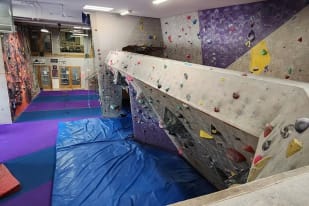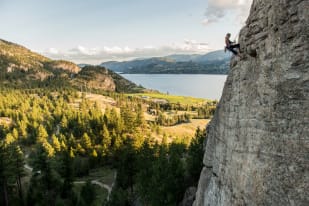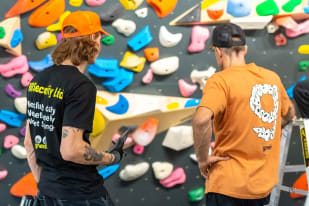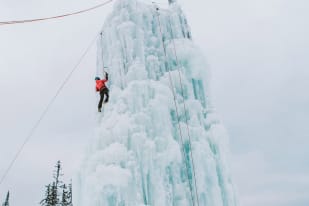Solo Climbing in Kelowna: Tips and Best Practices for Safe Solo Adventures

Introduction
Embarking on a solo climbing journey in Kelowna is an exhilarating blend of independence and challenge. This adventure demands not just physical prowess but also meticulous planning and awareness of safety protocols. It's a pursuit where the climber not only confronts the rugged cliffs but also their inner strengths and limitations.
Understanding Solo Climbing
Solo climbing, distinct from its group counterpart, offers a unique, introspective experience. It’s a dance of self-reliance where climbers measure their skills against nature's unyielding surfaces. However, soloing amplifies risks - a single misstep could have grave consequences. Hence, understanding the gravity of climbing alone is the first step towards a safe ascent.
Safety Tips for Solo Climbing
Safety in solo climbing hinges on thorough preparation. Equip yourself with the essential gear: climbing shoes, a chalk bag, and a comprehensive first aid kit. Hydration is key, so carry ample water. Communication devices are vital for emergencies, especially in more remote locations. Mental fortitude is equally crucial, as climbers must be ready to navigate both physical and psychological hurdles.
Solo Climbing Techniques
Indoor Bouldering and Gyms
Indoor climbing gyms, like Kelowna's Beyond the Crux, or Gneiss Climbing, are excellent starting points for solo climbers. They offer varied climbing experiences, including bouldering and lead climbing, catering to all skill levels. Safety features such as protective mats and experienced staff provide a controlled environment for honing skills.
Outdoor Bouldering
Venturing outdoors introduces elements of unpredictability. When bouldering in natural settings, be prepared for remote locations and changing weather. A key safety strategy is using adequate bouldering mats and, if possible, having a spotter for added security.
Rope Soloing
Rope soloing, a more advanced technique, requires a fixed rope and a reliable locking belay device. This method allows climbers to ascend and descend independently, though it demands extensive experience and practice.
Aid and Lead Climbing
Aid climbing uses specialized equipment like pulleys, nuts, cam hooks, and aiders to climb, whereas lead climbing involves anchoring a rope to a fixed object and progressively attaching it to quickdraws during ascent.
Free Soloing and DWS
Free soloing, an extremely high-risk style, involves climbing without any gear. For a safer alternative, deep water soloing (DWS) allows climbers to fall into water bodies, reducing the risk of severe injury.
Best Locations for Solo Climbing in Kelowna
Kelowna boasts an array of climbing locations suitable for various styles, from bouldering to multi-pitch climbs. Some options include KLO Creek, The Boulderfields, and Mount Boucherie. These areas, detailed in local guidebooks like "Kelowna Rock Climbing" and "Okanagan Bouldering," cater to a wide range of difficulty levels. Climbers must adhere to park regulations and respect ongoing development projects to preserve these natural climbing spots.
Conclusion
Solo climbing in Kelowna presents an opportunity to engage with nature in its purest form. It's a test of endurance, skill, and mental strength. With proper preparation, awareness of safety protocols, and respect for the environment, solo climbers can enjoy the thrilling landscapes Kelowna offers. From scaling indoor walls to braving the rugged outdoor terrains, each climb is a journey towards self-discovery and resilience.




